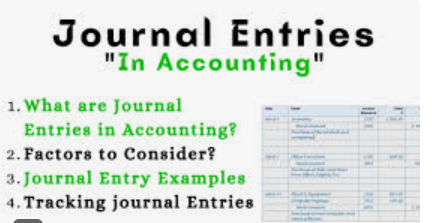Author:
Failure in accounting study without UDL
In my undergraduate study experience, I deeply realized the importance of Universal Learning Design (UDL). Think back to an accounting course I took in college. This course mainly explains how to write an accounting journal. At that time, many classmates, like me, didn’t like previewing before class. At the same time, because I have not been exposed to accounting knowledge in high school, it is more difficult for me to concentrate in a teaching environment with hundreds of people in a classroom. Besides, teachers usually taught by writing on the blackboard, which was a very boring teaching method, which made it more difficult for us to concentrate on the teaching content.
As for UDL theory, Serhat Kurt (2024) stated that universal design for learning (UDL) is an educational approach designed to create flexible and inclusive learning environments that cater to the diverse needs of all students. Thus, in my opinion, if the accounting teachers at that time could apply the UDL concept, such as using multimedia to display accounting content, sending PPT of accounting course to students in advance for us to preview. At the same time, using timely tests or case analysis in class, and ask students to role play as accountants in enterprises to make financial statements, I believe we can learn better. These methods can take care of different students’ learning needs and improve the inclusiveness of teaching.
Success in teaching Toefl grammar lessons with UDL
Later, I became a TOEFL teacher. When I teach TOEFL writing class and reading class, I need to explain to students how to understand long and difficult sentences in English, such as clauses and complex sentences. It is also necessary to explain the grammatical contents in writing, such as the differences between verb tenses, prepositions and conjunctions. In order to prevent students from being distracted , I conducted a grammar assessment test before class to find out everyone’s level differences and also make a “need analysis” for them.
In class, I didn’t take the “teacher-centered” teaching mode but using the “student-centered” mode. Based on the test results, I found that some students are weak in the content of verb tenses, so I asked them to preview materials in advance and role play as a teacher to teach the content. Similarly, some students are not familiar with the use of prepositions and conjunctions, so I asked them to design a test for all classmates. This teaching method not only makes my teaching easier, but also makes students learn faster, getting more involved in classroom activities and even enjoying the learning process.
To sum up, for teachers, UDL is not only a teaching method, but also a teaching philosophy, which encourages us to always pay attention to the needs of students and improve the quality of education in an inclusive and innovative way.

Hi Leo,
I really love your thoughts on UDL and how it could have transformed your accounting class experience. The idea of role-playing as accountants to create financial statements is such a creative way to make the learning process more engaging and practical. I can totally relate to how tough it can be to focus in a big classroom, especially when the teaching method doesn’t match the students’ needs. Your approach in the TOEFL class is spot on—using assessments to figure out where students need help and then tailoring lessons to them is a great way to keep everyone involved. It would be interesting to hear about any challenges you faced while trying to implement UDL in your own teaching.
Using role play and other techniques are great real-world methods to connect students to their learning.